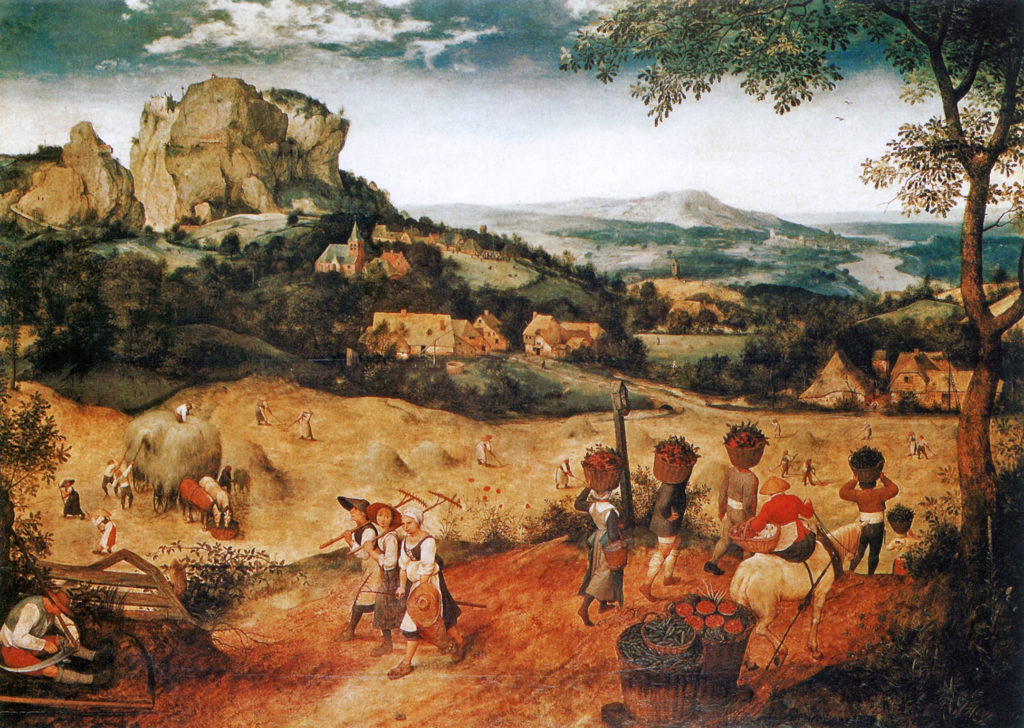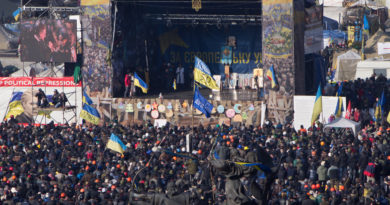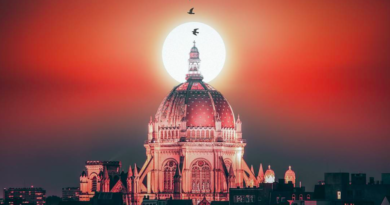In the footsteps of Breughel: exploring the Pajottenland
In 1563 Pieter Breughel the Elder moved from Antwerp to Brussels where he got married and settled for the remaining six years of his life.
The great Flemish master was fond of going on walks to the Flemish country side, namely the Pajottenland, in the present-day municipality of Dilbeek. Under the shade of an old willow tree, on the banks of the Molenbeek creek he would sit down to sketch and re-sketch, mix colors and try to capture at the tip of his brush the daily life of peasants plowing the fields, the long days of labor. In his canvas he depicted the desolate expanse of the XVII century Flemish landscape.

For many people living in Brussels, locals and Belgian alike, may of these places in the outskirts of the city remain unexplored.
On Sunday August 12th, Bruxelles Bavard ASBL has planned a walk through the region.
A bucolic stroll through the Pede Valley (view of the church of St. Anna de Pede), the Vogelenzang reserve, and a corner of Pajottenland where Breughel often placed his easel.
The reproduction of his paintings —available thanks to the Breughel Open Air Museum in Dilbeek — allow visitors to understand the evolution of the landscape.
Wet meadows, swamps, hollow paths lined with willows and garden-cities, such as la Roue and Bon Air, make up a charming picture that will be discovered.
Good to know:
More info and booking via Bruxelles Bavard site.



